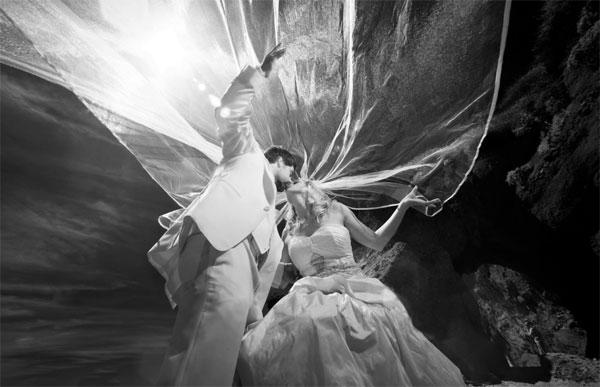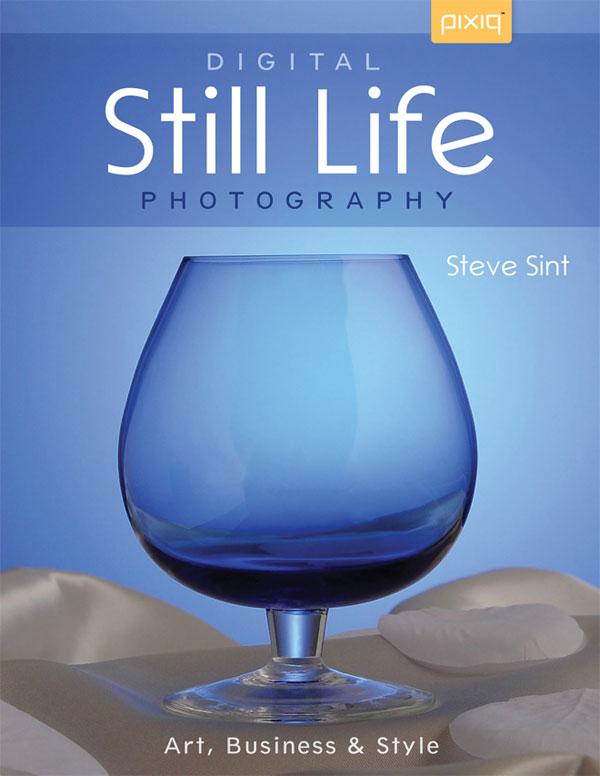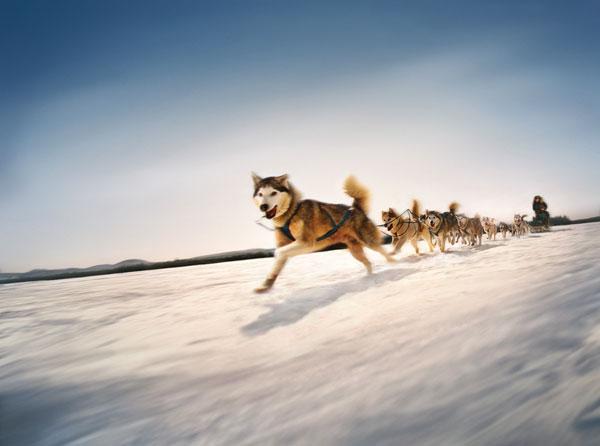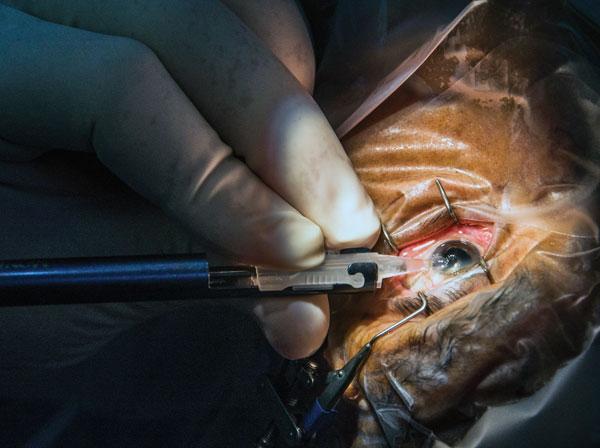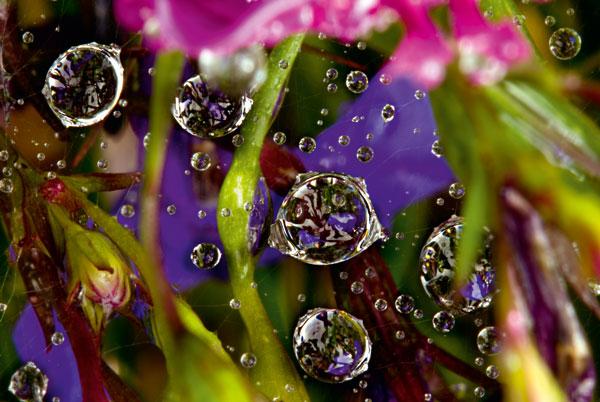|
Jul 31, 2013
|
Aug 06, 2013 |
First Published: Jul 01, 2013
|
Aug 23, 2013 |
First Published: Jul 01, 2013
|
Aug 29, 2013 |
First Published: Jul 01, 2013
|
Jul 05, 2013 |
First Published: Jun 01, 2013
|
Jul 09, 2013 |
First Published: Jun 01, 2013
|
Jul 09, 2013 |
First Published: Jun 01, 2013
|
Jul 26, 2013 |
First Published: Jun 01, 2013
|
May 30, 2013 |
First Published: May 01, 2013
|
Jun 11, 2013 |
First Published: May 01, 2013
|
Jun 25, 2013 |
First Published: May 01, 2013
|
Jun 28, 2013 |
First Published: May 01, 2013
|
Jul 02, 2013 |
First Published: May 01, 2013
